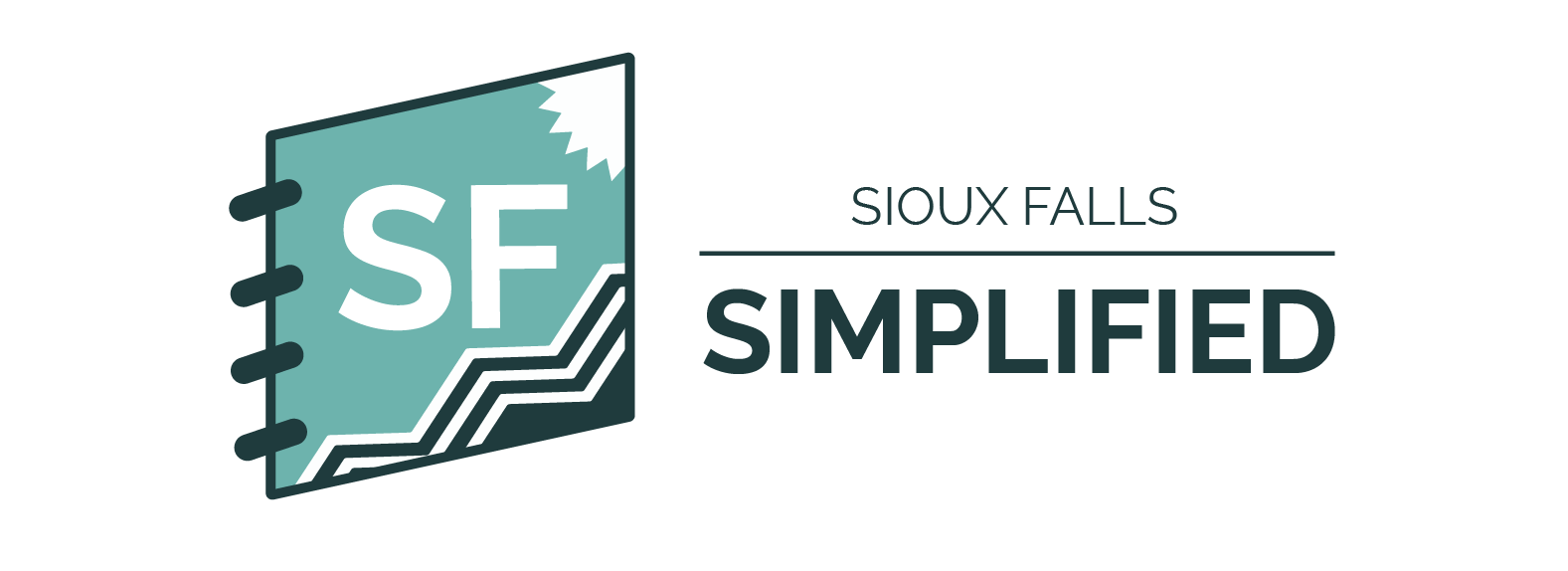Editor's note: This is one in a series of stories breaking down the findings of a six-month study looking at possible solutions to the childcare crisis in Sioux Falls. Find an overview here.
Simplified: Childcare centers in Sioux Falls struggle to hire, retain and pay workers, according to a recent study from the Sioux Falls Childcare Collaborative. Here's a look at some possible solutions to help solve the crisis faced by the "workforce behind the workforce."
Why it matters
- Nearly two-thirds of childcare centers say they can't enroll as many kids as their legal capacity allows because they aren't able to hire enough staff to maintain the needed ratios. And in total about three-fourths of centers are trying to hire workers.
- Even when centers are able to find workers, they're seldom able to keep them, data shows. The turnover rate for childcare workers was 88% in South Dakota in 2021.
- Childcare workers are also among the lowest-paid people in the state, with an average salary of $12.34 per hour (or about $25,600 annually). For perspective, that's about half the average salary for teachers in Sioux Falls.
"We've got to change the narrative ... this is not daycare," said Rana DeBoer, one of two leaders of the Childcare Community Initiative behind the report presented last month. "It's not babysitting. This is childcare, and this is early learning."
Tell me more about workforce challenges
The struggle to hire, retain and pay childcare workers is one aspect of a broader childcare crisis.
- Essentially, centers cannot afford to pay workers more without raising tuition. Tuition is already unaffordable for most parents (background on that here).

- And so, a broad strokes takeaway from the collaborative's report is that unless a third party helps offset the actual costs of childcare, there's no way out of the cycle of overcharging parents and underpaying providers.
Because of low wages – childcare providers are among the bottom 2% of earners in the country, per the collaborative's report – keeping people in the profession is tough.
- The only professions in Sioux Falls with lower wages than childcare workers were dishwashers and ushers/lobby attendants/ticket takers.
- That's part of the "why" behind South Dakota's statewide turnover of 88%.
What does this all mean for kids?
Well, often it means less consistency in the people who care for them for up to 40+ hours per week.
"If caregivers are changing frequently, this diminishes the child’s ability to form secure attachments and therefore can significantly hinder their ability to learn necessary self-regulation and coping skills, which can lead to increased behavioral challenges in the classroom," the report reads.
So, what can be done to improve this?
A lot of the potential solutions to the childcare workforce crisis are linked to solutions to solve the overall childcare crisis in Sioux Falls.
- For example, if businesses, the community or government entities kick in more money to offset childcare costs, centers would be able to afford to pay workers more money without increasing the financial burden on parents.
Here are a couple of workforce-specific recommendations in the report:
Get more people interested in the childcare profession. Recommendations in the report include creating a high school dual credit program focused on child development and developing more on-the-job training for those in higher education.
Give scholarships to people pursuing childcare as a career. The report also suggests expanding scholarships available for people pursuing early childhood education degrees. Additionally, the report recommends expanding the Build Dakota scholarship to include students who agree to work full-time in early childhood education.
Support people who want to open childcare centers. Another recommendation involves creating a partnership where people who want to open a center would receive support from the local startup ecosystem in Sioux Falls.
Create wage parity with K-12 teachers. Evidence suggests that focusing on wages in early education can help stabilize the childcare industry, per the report.
What happens next?
The Sioux Falls Childcare Collaborative – under the umbrella of Sioux Falls Thrive – will continue to work to make these recommendations a reality.
But, as Thrive President Michelle Erpenbach said, "we're going to have to do this together."



